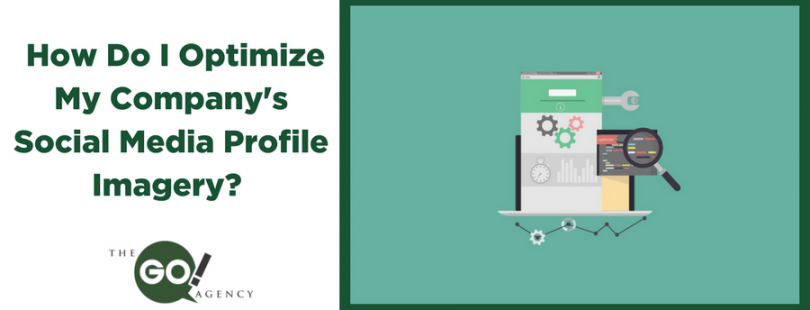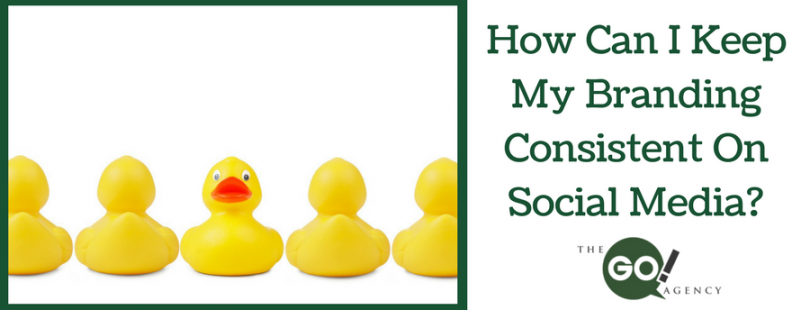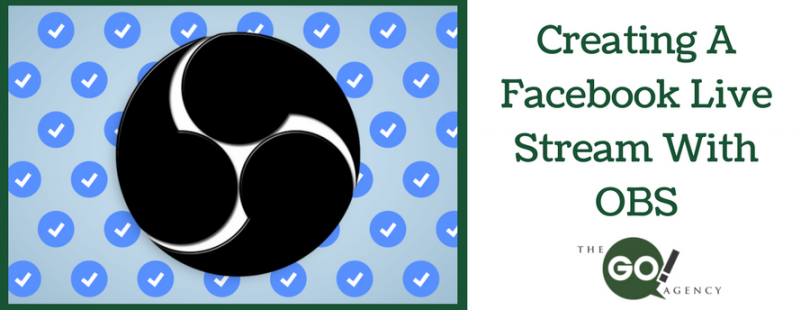It’s time to talk about KPI for your ROI, or key performance indicators for your return on investment. Analysis of these figures are extremely important because it’s what really drives business growth.
Since its genesis, social media has rapidly evolved, becoming a landscape which focuses heavily on quality over quantity. This is a proven truth due to the number of businesses investing big money into their social media budgeting.
Sharp marketers have the know-how to develop social media strategies that provide a foolproof value proposal measuring the appropriate data and pivoting when needed to reach business targets. With this strategy, the value always presents itself through the measurement of the correct social media KPI data.
So how do we define our bottom-line marketing needs through key performance indicators?
In order to discover this answer, first, it’s necessary that you define your social media marketing needs. For example, do you need to reach new audiences? Or are you wanting to ramp-up sales for a new service or product launch? These are just some of the questions you can ask yourself to pinpoint this answer.
After you have defined your critical marketing needs, you can now define measurable goals and set your own key performance indicators.
Here are some useful KPIs to consider:
Audience tracking – Track this demographic data with a social media analytics tool such as Google Analytics to prove campaign progress. When you compare this data against follower growth data, you’re enabled to track if your growth is coming from your chosen markets. Audience tracking also highlights customer trends and recognizes shifts in behavior.
In this particular KPI, you’ll want to measure what your customers are saying as well. Consider tracking your number of direct mentions using a social listening tool that offers a keyword search function.
Engagement measurement – This is possibly one of the most important measurements because it indicates that people cared about what you had to say, resulting in some action. The engagement metric highlights those you should be targeting in your retention efforts as well. Lucky for us, engagement is simple to measure, especially with tools like Google Analytics for a no-nonsense way of gathering this data.
Influence – This can be a subjective metric and solely relies on your business or organization’s perspective for definition. However, no matter how it’s defined, you’ll essentially analyze your engagement metric and determine if the sentiment is positive, neutral, or negative and this will give you an influence measurement, answering the question of if your campaign is being well received by your targets or if it’s a flop.
Lead generation funnel – Exposure, awareness, and engagement compose this measurement funnel. You can define your impact and presence through these social channels by understanding your campaign’s reach, engagement, and influence.
After you’ve tracked this information, it’s time to organize it. Do so by using something as simple as excel to highlight metrics mattering most to your organization. A good way to go about this is creating a tab for high-level overview of your all of your campaigns and a tab for the period of time the report is on. Tip: Use the same format you would use if you were reporting on a traditional non-social media campaign.
Conversion – The ultimate goal is to convert the user to commit to your desired action, correct? Because of this, the most important metric is your conversion rate. This reflects the number of casual users who performed the action asked of them. An increase in conversion rate is the best way to prove the success of your social campaign.
One of the best things about using social media marketing is the tremendous amount of data that’s provided to marketers. You can make well-informed marketing decisions to reinforce your ROI by looking at this data objectively. In addition to quantified action tracking, keep in mind to always take full advantage of the raw feedback published by users too.
Read More








 To set up your OBS, first, take a look at
To set up your OBS, first, take a look at 













